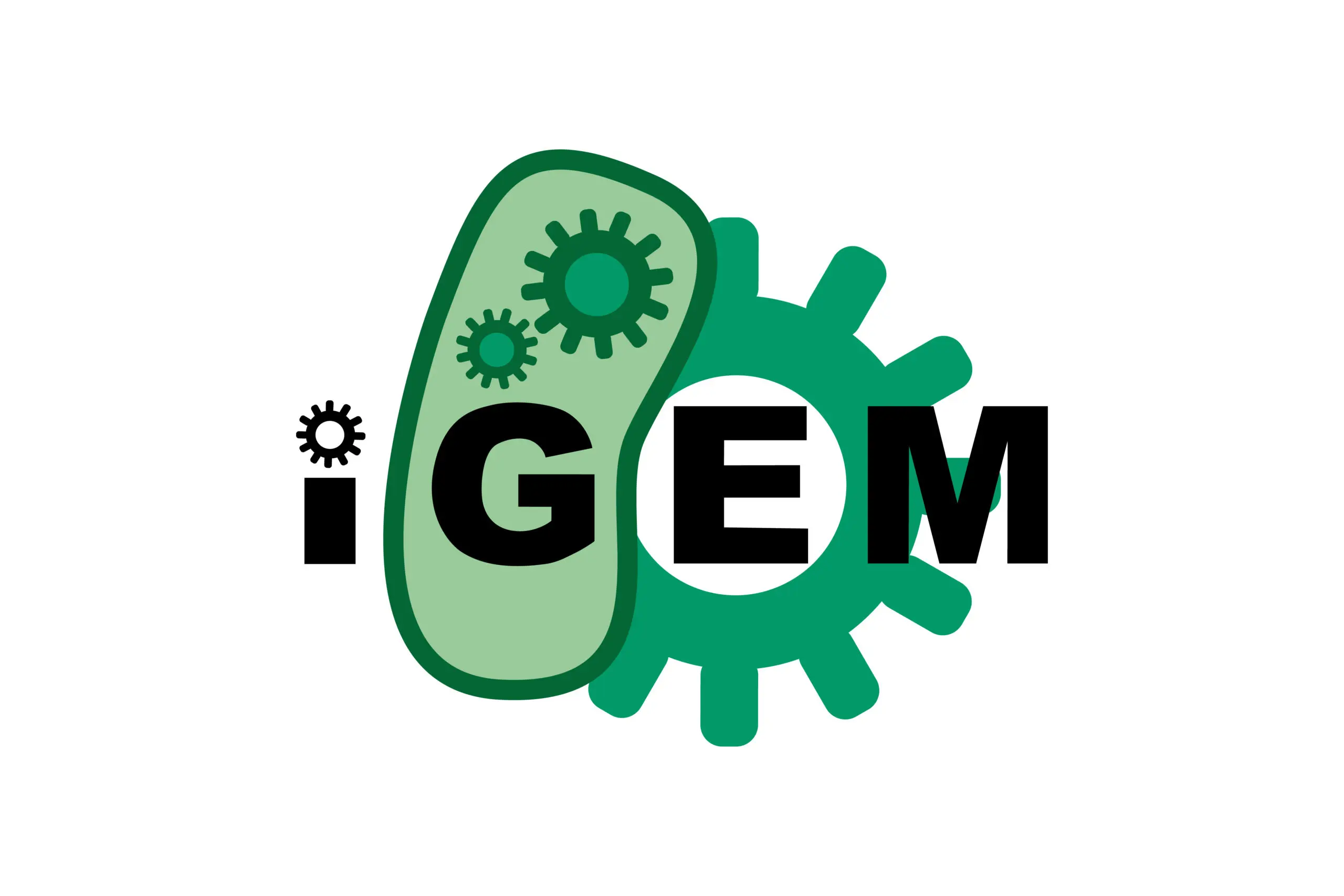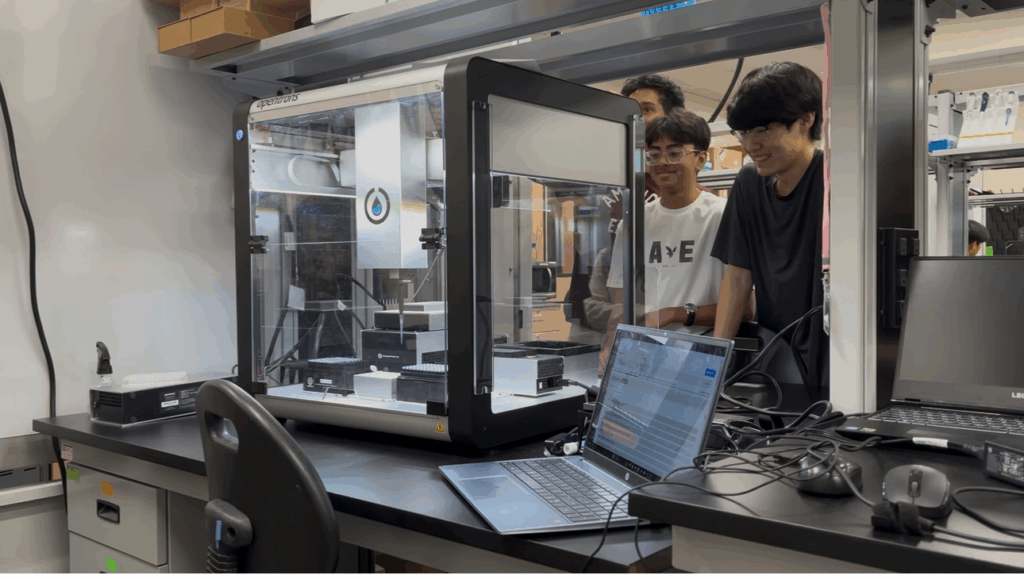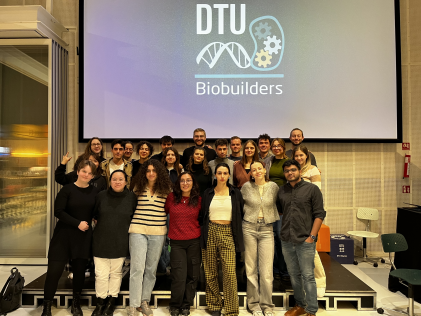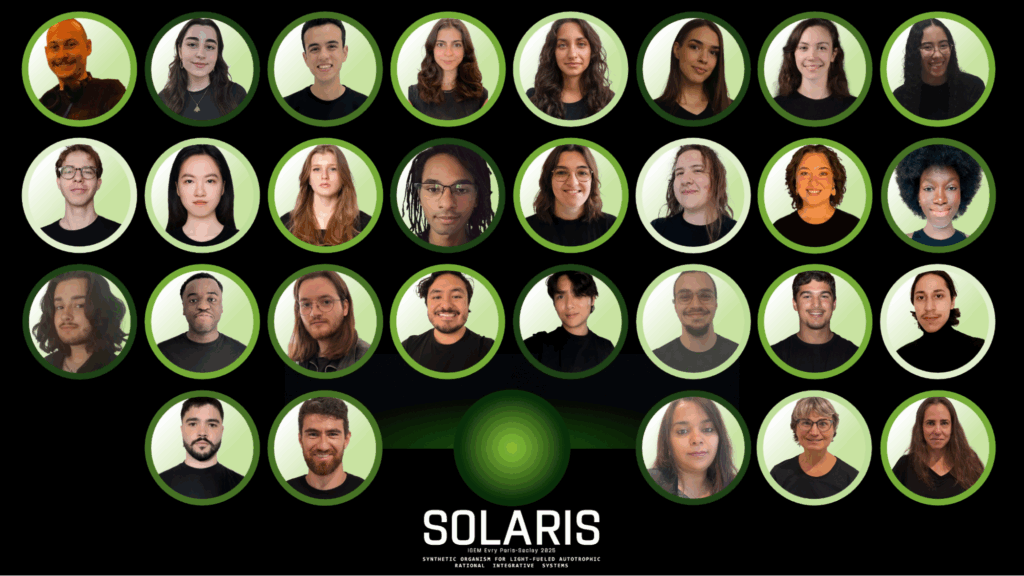
With the iGEM Grand Jamboree kicking off this week, we are proud to spotlight three of our 2025 Opentrons-sponsored iGEM teams presenting in Paris this week, each tackling ambitious global challenges with creativity, collaboration, and open science. Learn more about these incredible projects below!
iGEM Lambert

The OT-2 was used in our synthetic biology education initiative. iGEM Human Practices committee held workshops serving 60 middle school campers and 55 Essentials of Biotechnology high school students. They demonstrated the OT-2 to both groups and explained how automated liquid handlers can be incorporated in research and industry. They also taught the high school students how to use Opentrons App. Student groups then worked together to design a serial dilution program, and each group trialed their program on the OT-2. Not only did they learn about automation in biotechnology and how to program the OT-2, but this workshop also increased their understanding of serial dilutions – an educational standard of our biotech and chemistry courses. For this particular project, we did not use the OT-2 to develop any of our bio bricks.
Access the team’s wiki here.
DTU Biobuilders

We used the Opentrons OT-2 for our nylon enzyme assay. In short, the ninhydrin assay in Opentrons was done in 96 well-plates by adding ninhydrin, followed by the addition of enzyme-substrate samples, incubating it at 95°C for 10 minutes, and finally adding the ethanol to stop the reaction. We have done this assay manually and since there were many samples that we wanted to test later (at least 11 NylC variants) in triplicate, we started with producing calibration curves. These would help us understand how OD570 correlates to either one of our nylon monomers – Ahx or HMDA.
To do so, we completed three DBTL cycles. Using the iterative nature DBLT, we learned how OT-2 functions and thus kept improving the protocol each time. We designed each cycle’s protocol using the Opentrons Protocol designer. It has been very straightforward to use. At first, we used the default pipetting settings, and as we learned more about viscosity of our reagents (e.g. ninhydrin), we changed the aspirate and dispense steps to 40 and 30 µL/s, correspondingly. With each cycle, we kept expanding our understanding of how OT-2 works and we kept getting increasingly better results. Unfortunately, we ran out of time and could not complete the characterization of NylC variants before the deadline. However, by third cycle we were confident that our protocol works and if given an opportunity, would have been able to use OT-2 for accurate nylonase assay.
iGEM Evry Paris-Saclay

Billions of years ago, cyanobacteria transformed Earth’s atmosphere through carbon fixation, enabling the metabolic foundation of modern ecosystems. Yet, despite its central role, photosynthetic carbon fixation has not changed much since its origin. With SOLARIS, we reexamine this long-standing process from the perspective of synthetic biology, foundationally changing and advancing CO₂ fixation in cyanobacteria. Our solution lays the groundwork for photosynthesis 2.0 to overcome the kinetic and oxygen-sensitivity limitations of RuBisCO by introducing a distinct carbon fixation cycle supported by a carbonic anhydrase system we newly identified and confirmed for activity. This has the potential to make cyanobacteria far better at fixing CO₂ from the atmosphere and turning it into biomass. SOLARIS offers the tools and methodologies for rewriting core metabolic pathways with synthetic biology for optimizing synthetic carbon fixation cycles in vivo and in vitro, a foundational step toward programmable photosynthesis and a new generation of engineered phototrophs.
We used the OT-2 robot for the characterisation of our collection of standard synthetic biology vectors containing a nourseothricin resistance gene, as described under the Engineering success page of our wiki.